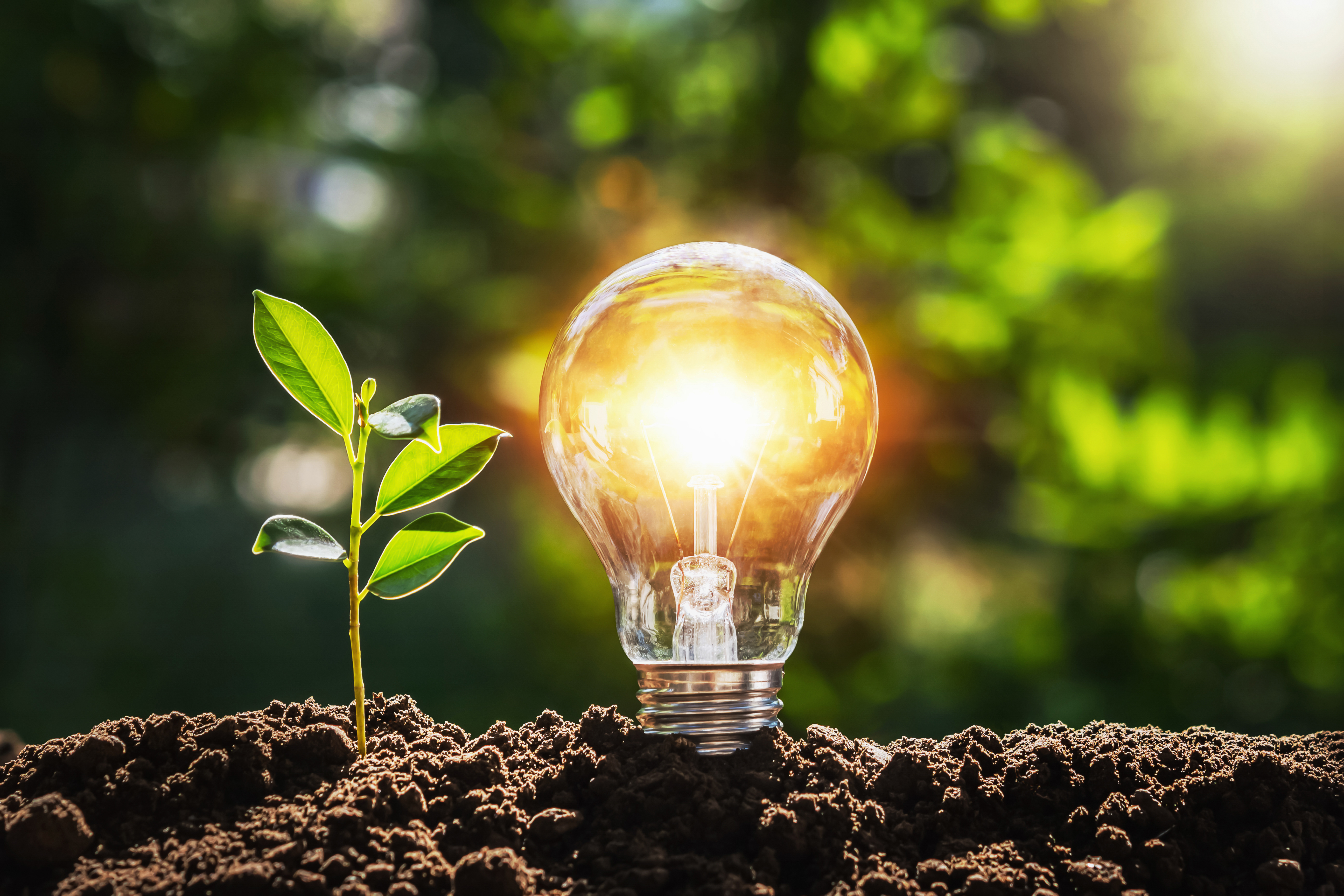A team of researchers driven a computer for extra than 6 months applying photosynthesis. The method applied a compact container of blue-eco-friendly algae to create electricity. It was put on a windowsill for six months all through the covid-19 lockdown in 2021. Through that time, it furnished ongoing photosynthetic ability to a computer system functioning an Arm microprocessor.
Scientists run a personal computer utilizing photosynthetic electric power

The research was led by Christopher Howe at the University of Cambridge. Howe, alongside with his colleagues, constructed a smaller container about the measurement of an AA battery. They produced the battery out of aluminum and obvious plastic. After creating it, they placed a colony of cyanobacteria called Synechocystis sp. PCC 6803 into the battery.
More usually acknowledged as “blue-green algae”, the cyanobacteria create oxygen when it is uncovered to daylight using photosynthesis. The scientists applied this course of action to harness photosynthetic electric power. That ability then provided a steady latest throughout its anode and cathode, offering the electrical power to an Arm processor.
The program general looks quite simple, but it’s proof that batteries making use of photosynthetic electric power could be applied in electronics. To take a look at the overall ability of the battery, the researchers programmed the laptop or computer to operate for 45-moment cycles. Throughout these cycles, the pc calculated sums of consecutive integers to simulate its workload.
The computer essential close to .3 microwatts of electricity all through individuals cycles. It would then sit in standby for 15 minutes, utilizing about .24 microwatts of energy. Astonishingly, the photosynthetic ability ran for the entire 6 months with out any interruption. In addition, it ongoing to run for an additional six months just after the experiment ended.
Using photosynthesis to create vitality

The researchers are not just sure what the supply of the photosynthetic electrical power is. Howe suggests it is possible that the cyanobacteria deliver electrons by themselves. This then produces the existing.
It’s also achievable that they merely develop the problems that enable the aluminum anode to generate electrons. The corrosion of the aluminum inside of the container leads to a chemical response that would let it to develop electrons. No make any difference what the lead to of the photosynthetic electric power, nevertheless, the tech is promising.
Howe thinks they could scale it up even much more, much too. This would permit photosynthetic power to deliver electrical power for a multitude of devices. Having said that, he suggests that we have to have to do even more exploration into the topic to see how significantly we can scale it.
The scientists feel that we could generate comparable photosynthetic batteries extremely cheaply. They also feel that we could see commercial prospects in the upcoming five many years. Beforehand, comparable investigate has allowed us to harness daylight for a number of experiments, together with turning daylight and h2o into fuel.
